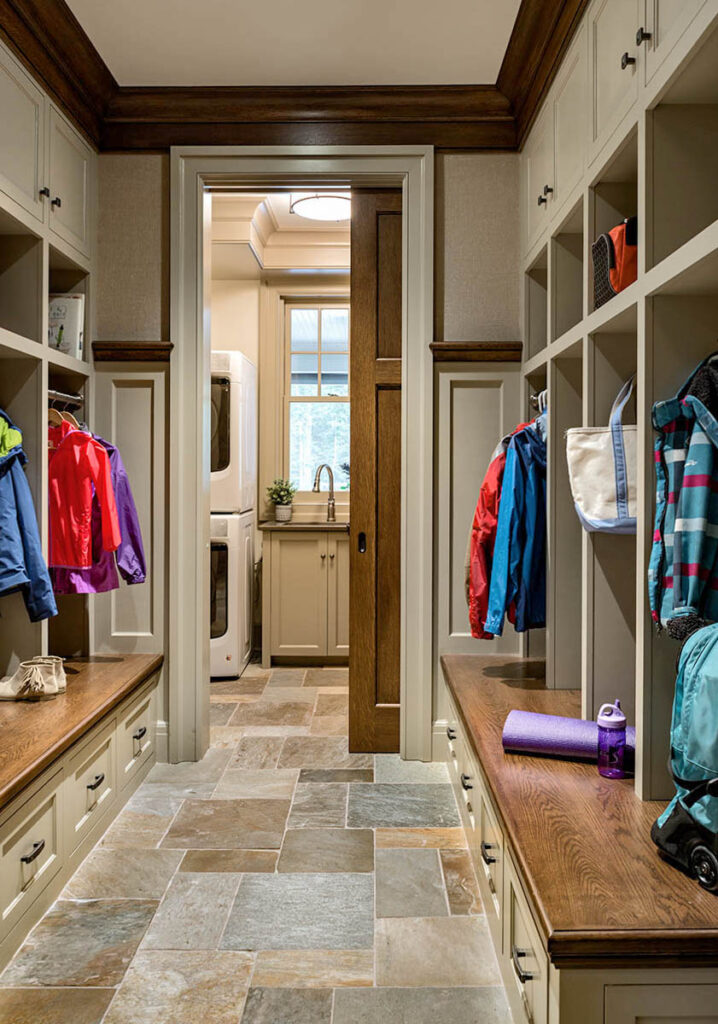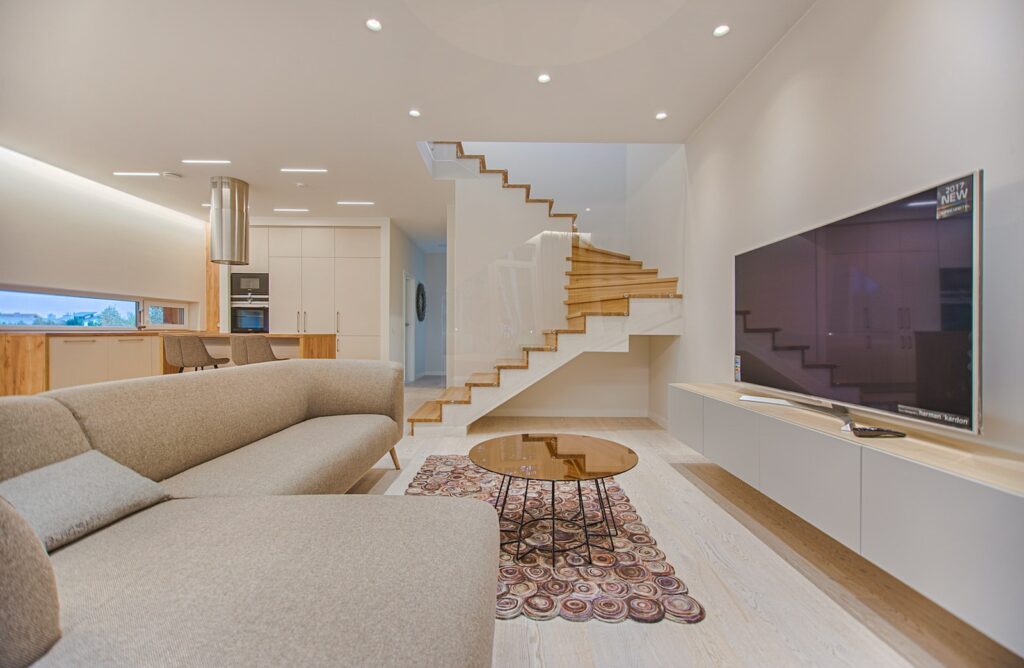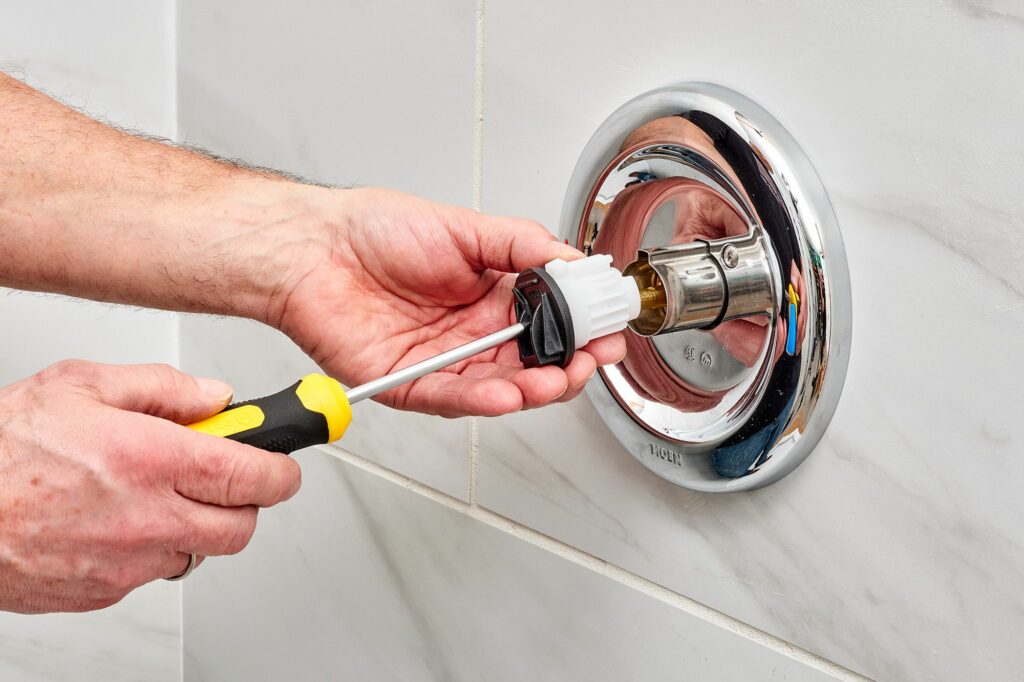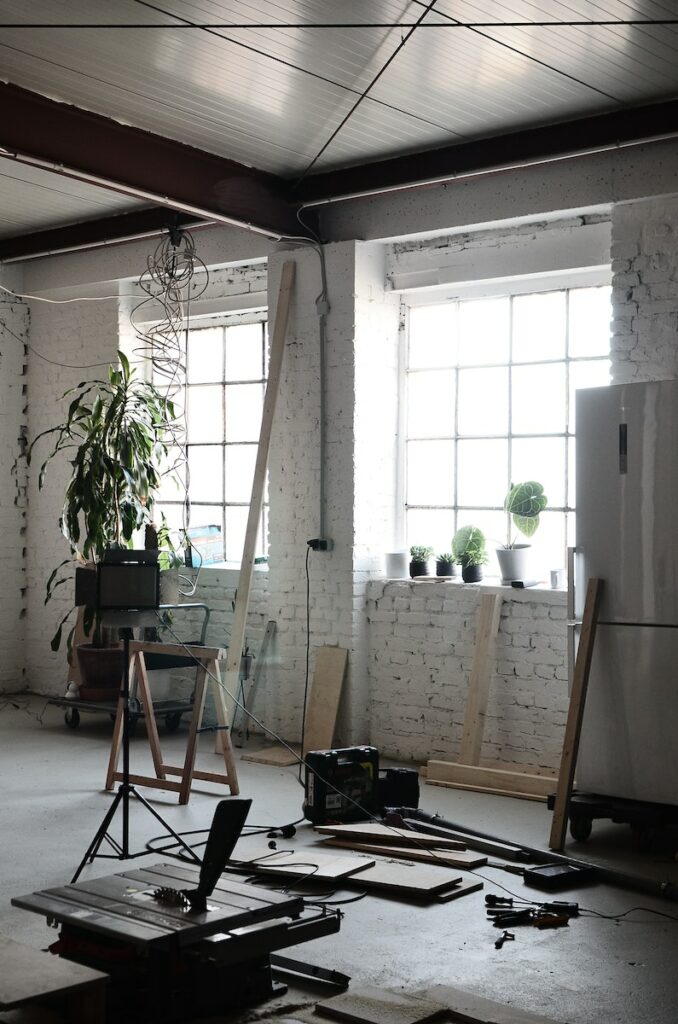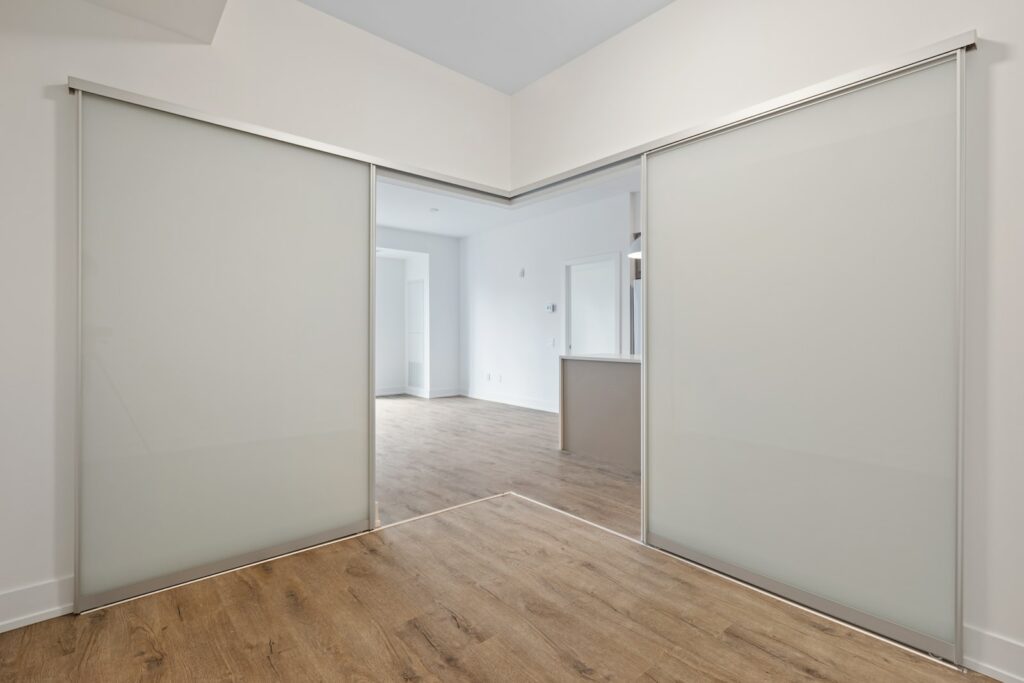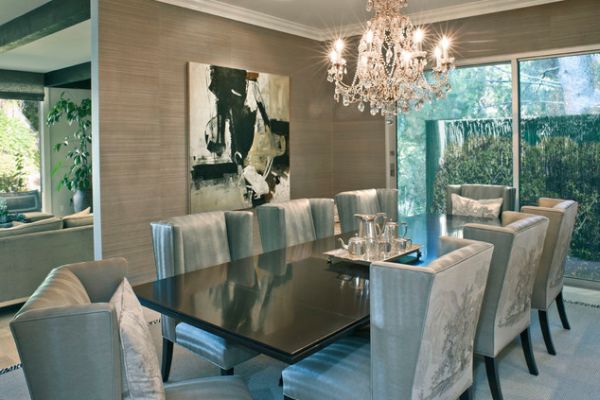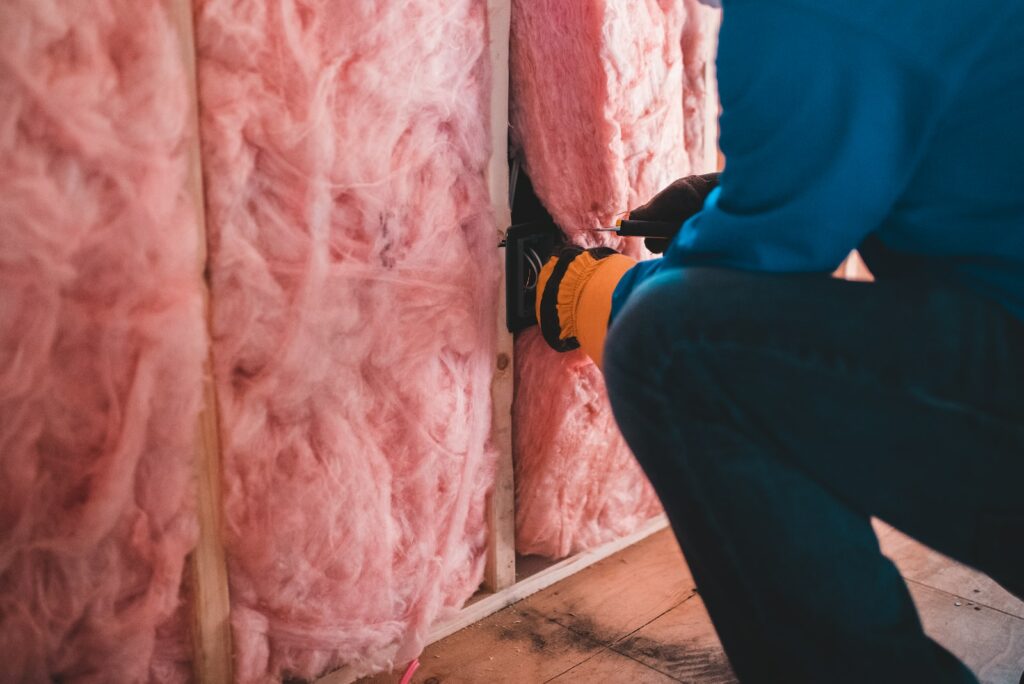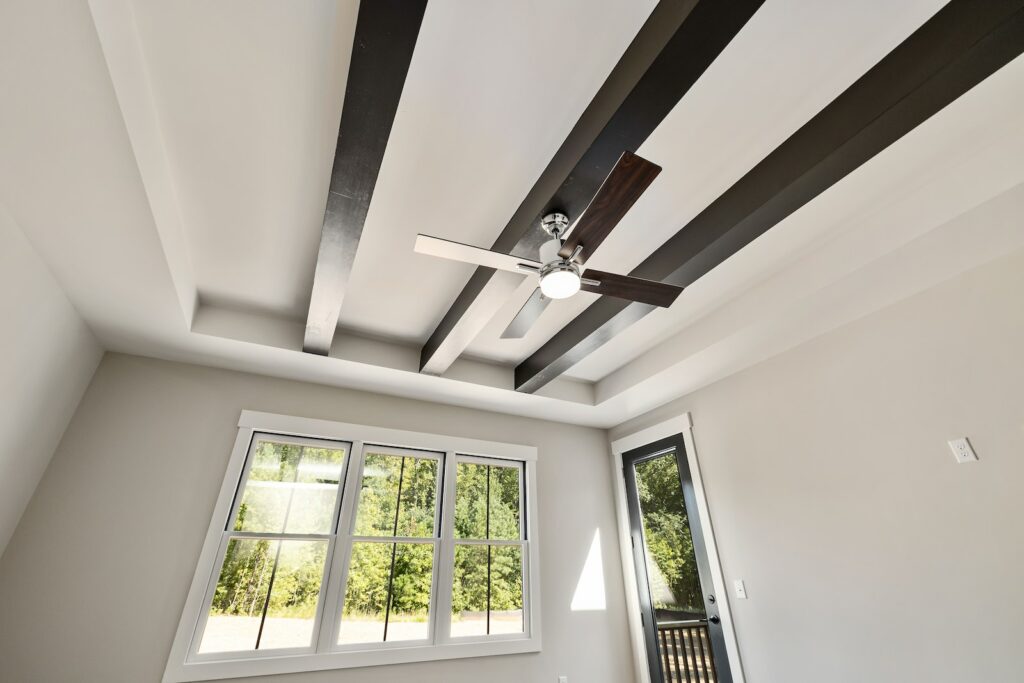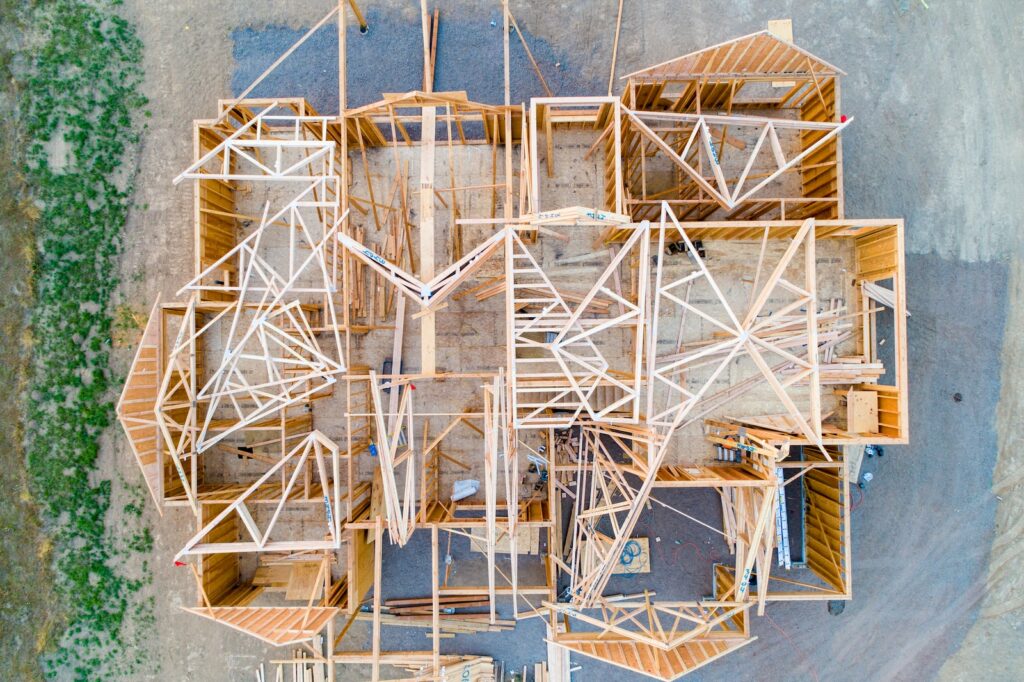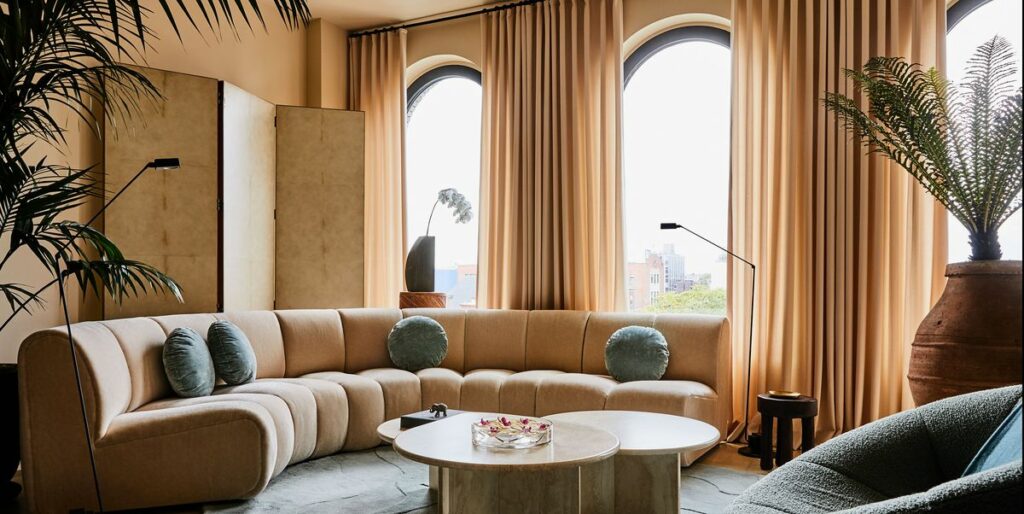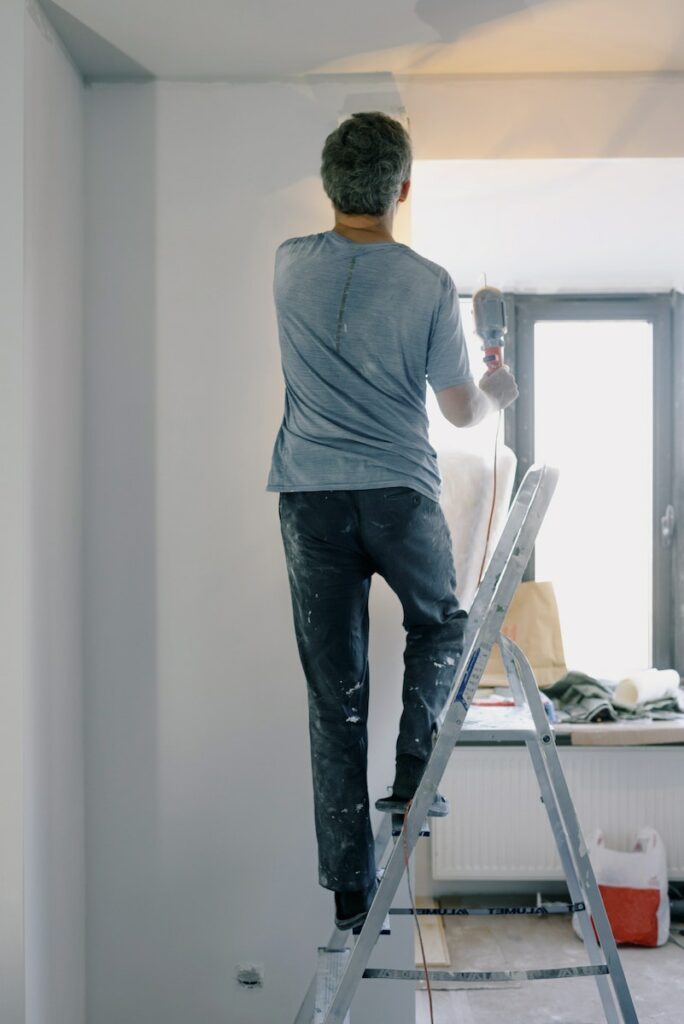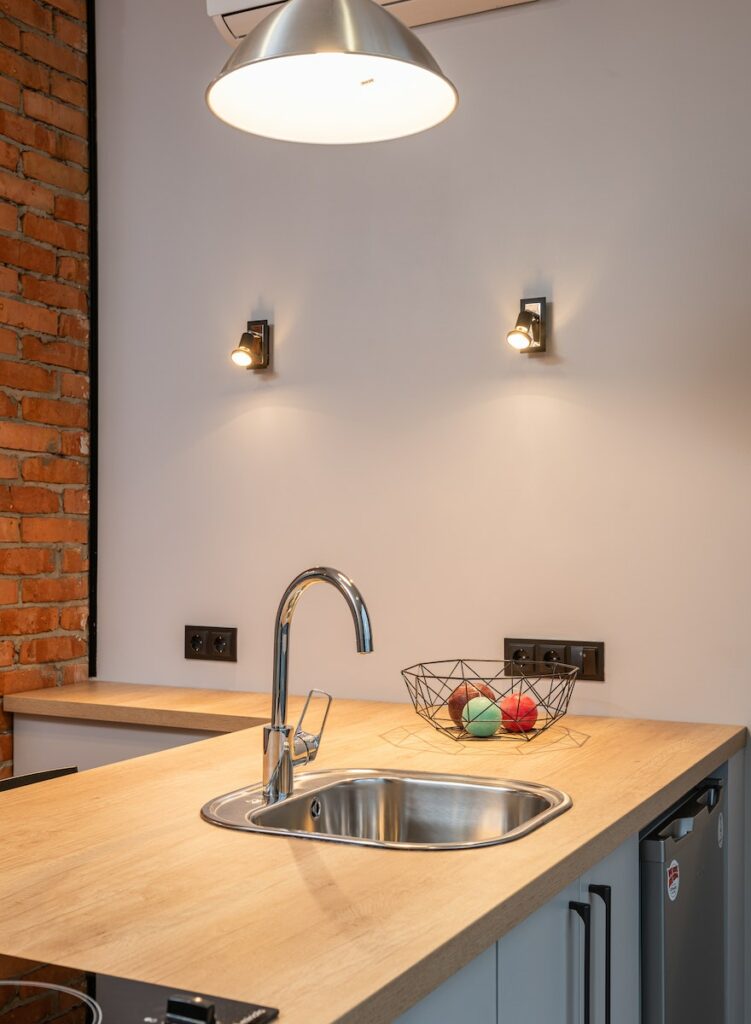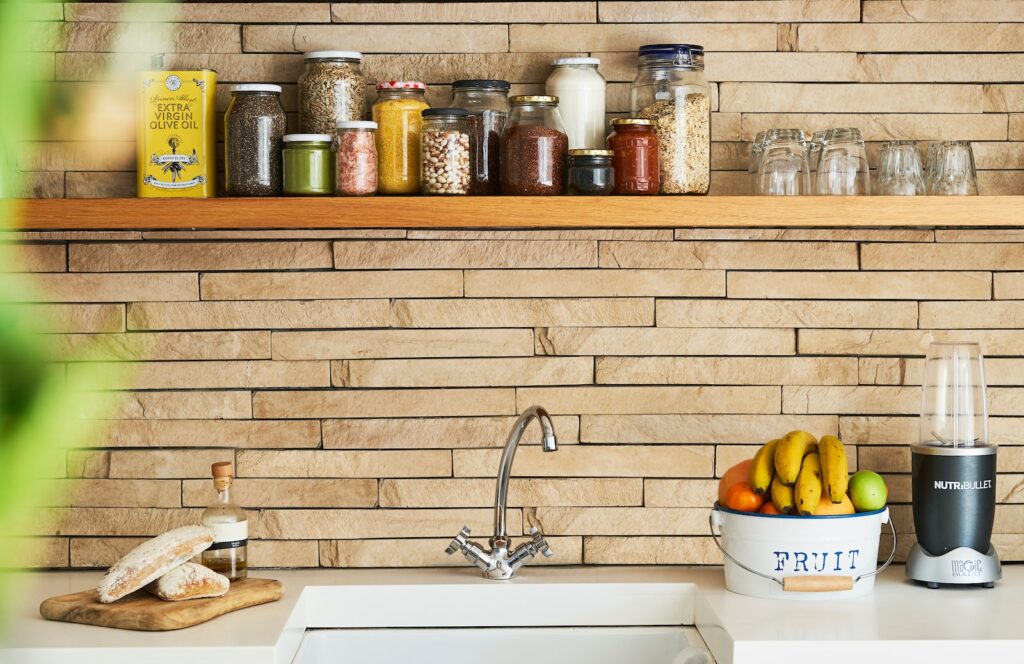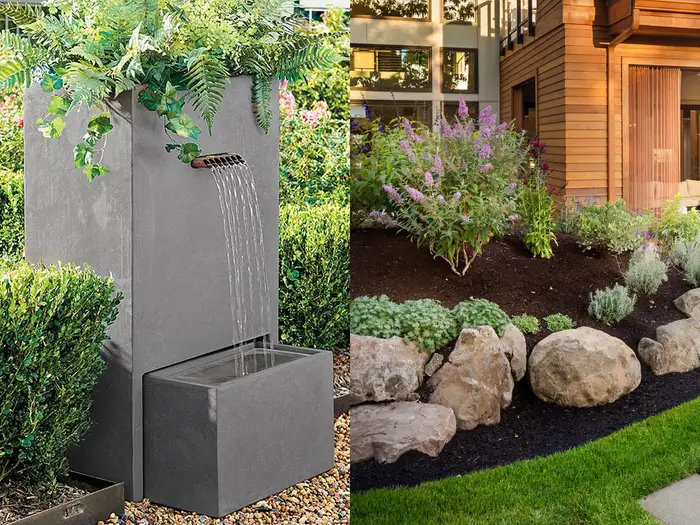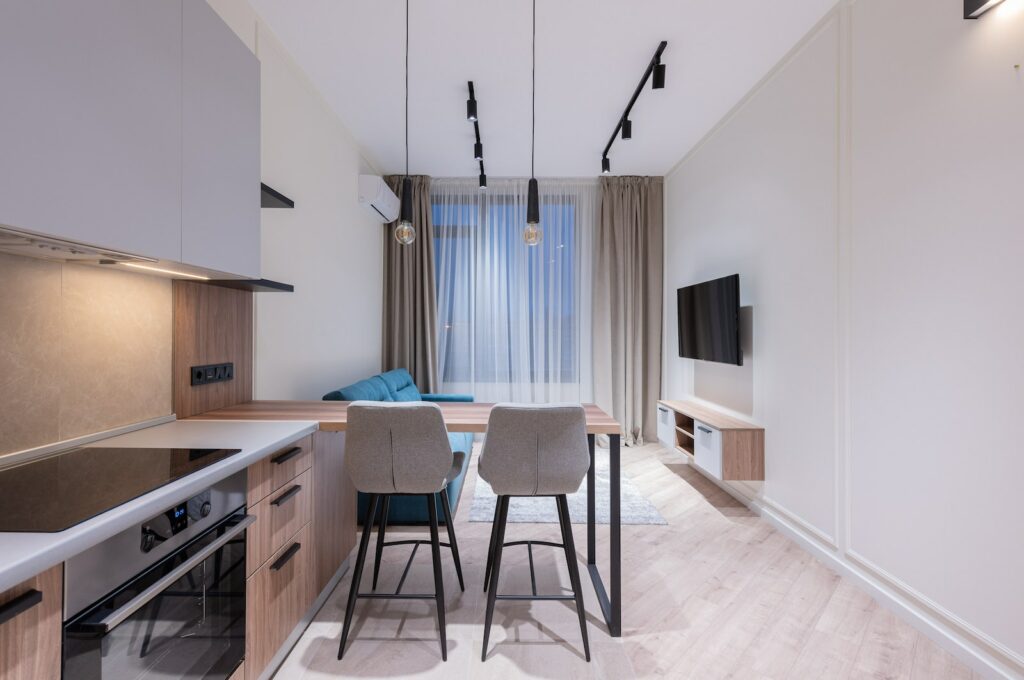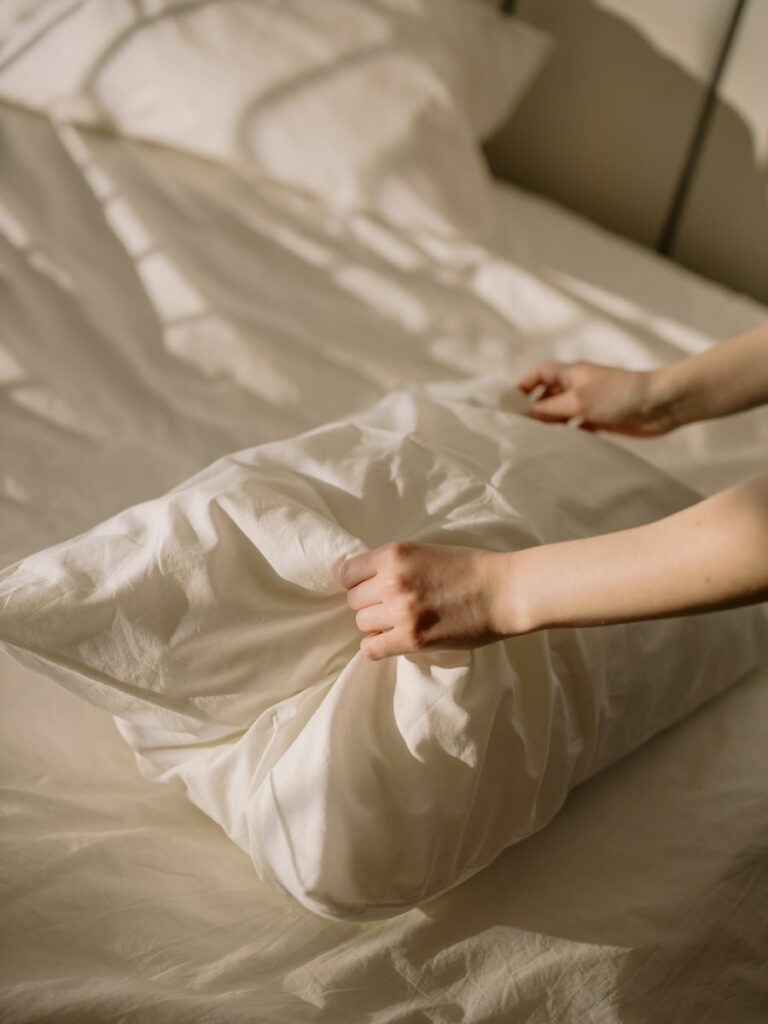Creating a Functional Mudroom: Tips and Ideas
When it comes to creating a mudroom, it is one of the most overlooked yet important areas of the home. The mudroom serves as a transition zone between the outdoors and the indoors, and is often used to store outdoor items such as coats, boots, shoes, umbrellas and the like. A functional mudroom not only adds convenience to your daily routine, but it can also add storage space and aesthetic appeal to your home. In this guide, we will walk you through a step-by-step process of creating a functional mudroom.
Why Create a Functional Mudroom?
A functional mudroom is a great asset to any home. It can add convenience to busy daily routines and also provide additional storage space for outdoor items. Furthermore, having a mudroom will help keep the rest of your home cleaner and tidier, as all outdoor items will now be stored in one area.
When done correctly, the mudroom can also add aesthetic appeal to the home. Having a well-designed mudroom can give the home a more finished and polished look. And if you ever decide to resell your home, a functional mudroom can be a draw for potential buyers.
Step 1: Plan Ahead
The most important step in creating a functional mudroom is to plan ahead. Take a look at the area you have chosen for your mudroom and think about what you need it to be able to accommodate. Is it large enough to fit a bench or coat racks? Do you have enough space to add a shoe rack or other storage units?
It’s important to think through these questions and make sure that you’re able to fit everything you plan to include in the mudroom. If necessary, make a floor-plan so that you know exactly where to put everything and how much space you’ll have for each item. This will also help you in the next step of the process.
Step 2: Determine Items Needed
Next, you’ll need to decide on the items you need to make your mudroom functional. This should be based on the items that you plan on storing in your mudroom. If you’ve already made your floor-plan, you can determine how much space you’ll have for each item.
At the very least, you should include a coat rack for hanging coats, hats and umbrellas. You may also want to consider adding a bench to provide seating for putting on shoes or boots. You may even want to incorporate a shoe rack or cubbies for storing and organizing shoes, hats, gloves and other outdoor items.
Step 3: Select the Right Materials
Once you know what items you need for your mudroom, the next step is to select the right materials. Depending on your budget and style preferences, you can choose from different materials and finishes.
For the walls, you may opt for a coat of paint or a more durable wall covering. Peg boards are a great option for creating a decorative yet functional storage. You can also use shelves and cubbies to provide additional storage.
For the flooring, you may choose to go with a more durable material such as tile or laminate to keep your floor looking clean and neat. If you’re on a tight budget, you can also consider using an area rug to give your mudroom a cozy and inviting feel.
Step 4: Install the Necessary Items
Once you’ve determined the materials you’ll need and purchased them, the next step is to install the necessary items in your mudroom. Depending on the items you’ve chosen, this may involve installing shelves, cubbies, coat racks, shoe racks and/or benches.
If you’re not comfortable with doing this yourself, you may want to hire a professional to help you with the installation. This way, you can ensure that everything is installed properly and securely.
Step 5: Accessorize
The final step in creating a functional mudroom is to accessorize the area. You can do this by adding a few decorative pieces such as artwork, mirrors, decor items and more. This will help give the mudroom a polished and finished look.
You may also want to add additional lighting in your mudroom to make it easier to find items in the area. Consider adding a combination of overhead lights, wall fixtures, and sconces to provide both task and ambient lighting.
Time and Expenses Required
Creating a functional mudroom can be done in a weekend. Depending on the items you choose, the cost can range anywhere from a few hundred dollars to a few thousand dollars. Obviously, the more complex the items you choose, the higher the cost will be.
Precautions
When it comes to installing the items in your mudroom, it’s important to use proper safety measures. Make sure to wear protective gear such as eye protectors and gloves when working with power tools and make sure to read and follow all instructions carefully. If you’re not comfortable with doing the installation yourself, it’s best to hire a professional to help.
Conclusion
Creating a functional mudroom can add convenience, storage and aesthetic appeal to your home. To create a functional mudroom, plan ahead, determine the items needed, select the right materials, install the necessary items and accessorize. With the right planning and preparation, you can create a functional mudroom in a weekend.

